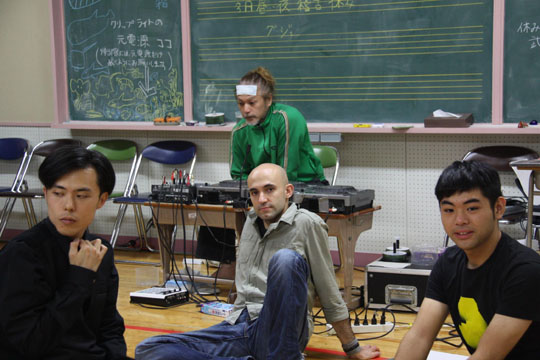The Edinburgh theater and street-performance festival in Scotland annually sends a buzz round the arts world; France's Avignon invariably features a cordon bleu international menu; and Adelaide and Singapore vie for the Asia-Pacific spotlight.
Way back in 1988, Tokyo also aimed to be in such illustrious company, when the Tokyo International Arts Festival (TIF) was launched with great fanfare. Then, as Japan led the booming "Asian tiger" nations, the aim was to turn the Ikebukuro district into a drama mecca in the same way that Shibuya was for movies thanks to its annual international film festival. With generous financial support from the Tokyo metropolitan government, all went well at first — but then Japan's economic bubble burst at the start of the '90s and it was downhill from there.
As 30-year veteran theater administrator Hiroshi Takahagi put it recently, as TIF was progressively starved of funding: "It developed what's known as a 'Galapagos Syndrome' — meaning that, like Japan's cell-phone market, for which the term was coined, it became isolated from the rest of the world and just fed off itself, while Seoul, Shanghai and Taipei took the role of East Asia's theater hubs."

















With your current subscription plan you can comment on stories. However, before writing your first comment, please create a display name in the Profile section of your subscriber account page.